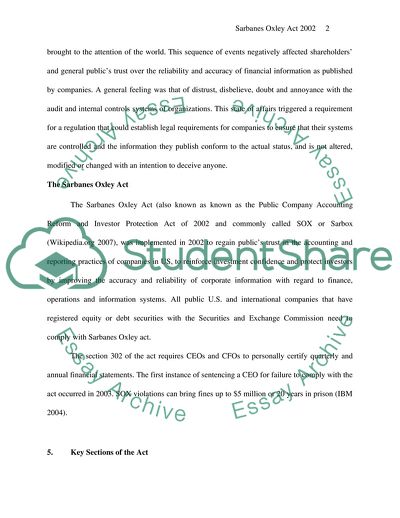Cite this document
(The Sarbanes Oxley Act Case Study Example | Topics and Well Written Essays - 1500 words, n.d.)
The Sarbanes Oxley Act Case Study Example | Topics and Well Written Essays - 1500 words. https://studentshare.org/finance-accounting/1707718-accounting
The Sarbanes Oxley Act Case Study Example | Topics and Well Written Essays - 1500 words. https://studentshare.org/finance-accounting/1707718-accounting
(The Sarbanes Oxley Act Case Study Example | Topics and Well Written Essays - 1500 Words)
The Sarbanes Oxley Act Case Study Example | Topics and Well Written Essays - 1500 Words. https://studentshare.org/finance-accounting/1707718-accounting.
The Sarbanes Oxley Act Case Study Example | Topics and Well Written Essays - 1500 Words. https://studentshare.org/finance-accounting/1707718-accounting.
“The Sarbanes Oxley Act Case Study Example | Topics and Well Written Essays - 1500 Words”. https://studentshare.org/finance-accounting/1707718-accounting.


